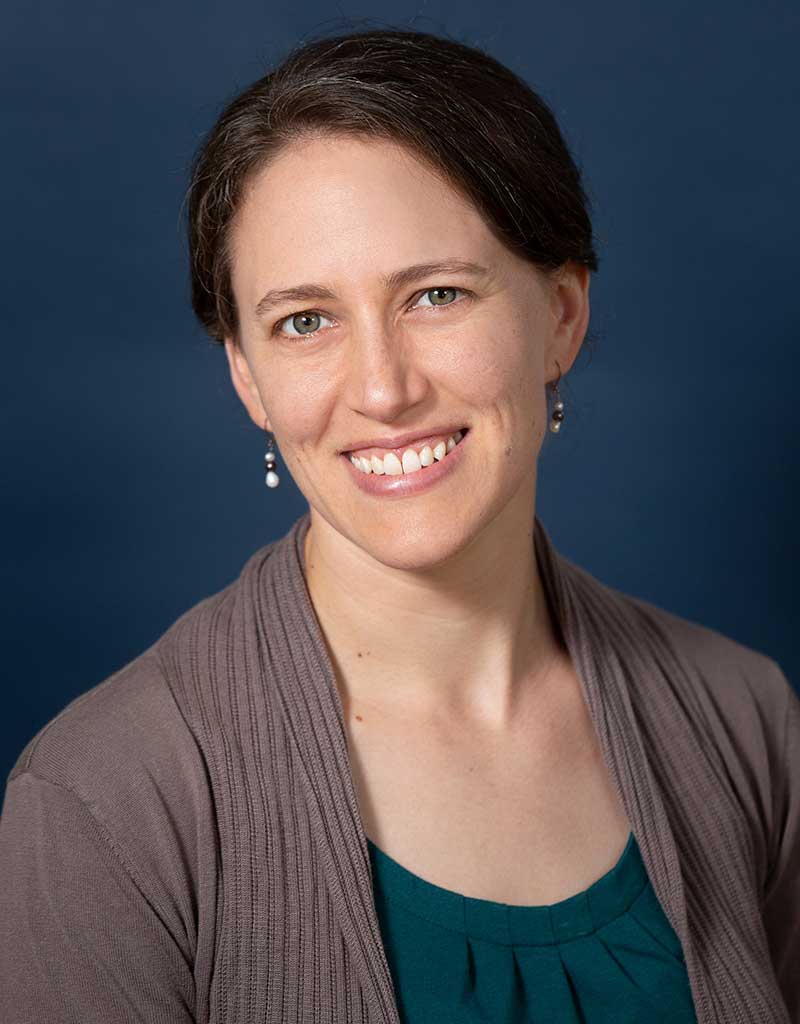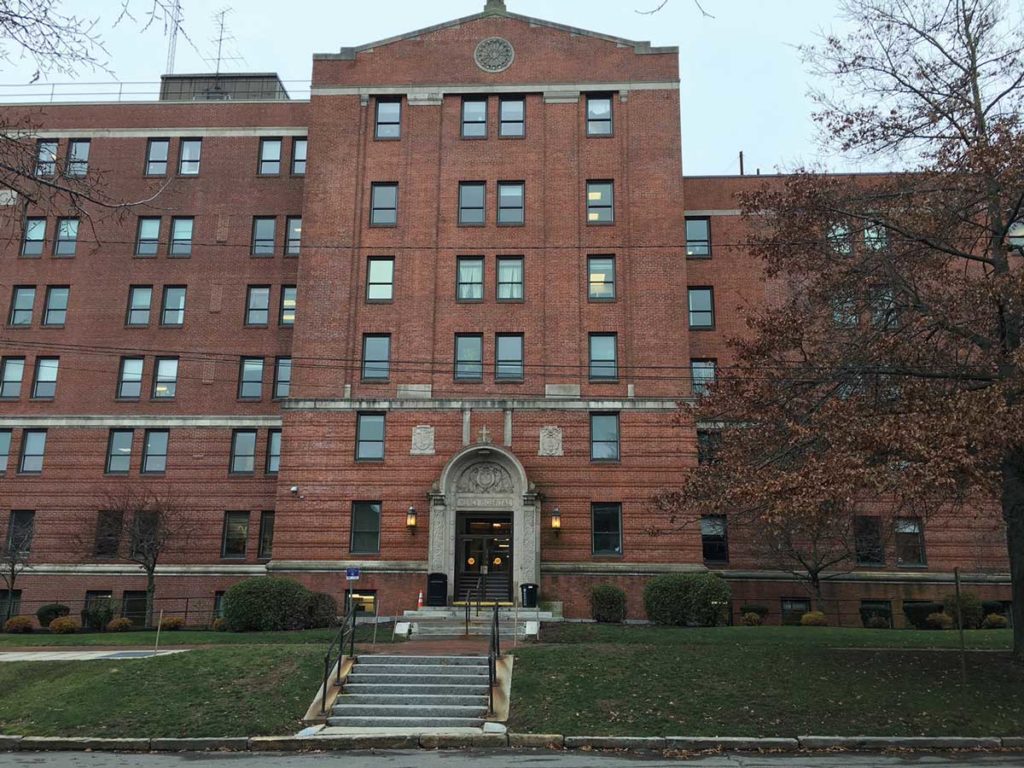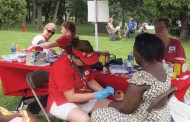Seasonal Affective Disorder
By Emily Erickson, MD & Greg Bates, NP
Updated Nov. 27, 2023. Originally published Dec. 4, 2020.

It’s that time of year when the days are shorter and the temperature drops. For some, this is a welcome change. It brings the excitement of outdoor winter activities and the holiday season. For others, this time of year can be very tough and could result in Seasonal Affective Disorder (SAD)—a condition that many may or may not know they are dealing with.
Prevalence of seasonal affective disorder
Seasonal affective disorder consists of a subset of disorders that are caused by mood and biochemical disturbances that have a seasonal pattern. The most common form is seasonal depression. SAD can affect up to 5% of the population, but it can be as prevalent as 10% in northern latitudes where the weather is colder and sunlight is harder to come by. In northern regions with extended winter conditions, patients with SAD can have symptoms up to 40% of the year, greatly impacting their quality of life.

Symptoms to watch for
Symptoms of SAD can mirror typical symptoms of depression. These include sadness, guilt, hopelessness, lack of energy, fatigue, sleep problems, weight gain or loss, lack of interest in activities, and difficulty concentrating. However, with SAD, most people recognize or can trace a pattern to the seasons. For example, symptoms tend to arise in fall and winter and go away, even without treatment, in spring and summer. Others, although less common, experience symptoms in the spring and summer with remission in the colder months.
There are treatments
There are several treatment options for SAD, including phototherapy. This form of therapy promotes exposure to light for set periods of time using light boxes that can be purchased online or at local stores. This treatment, also known as light therapy, can significantly improve mood in one to two weeks. Other beneficial practices include exercise, relaxation techniques, and spending more time outdoors, especially during daylight hours. Sometimes treatment options include prescription medications and/or cognitive behavioral therapy. These treatments can be done alone or in combination with each other.

Social isolation and seasonal affective disorder
These symptoms can be exacerbated as social isolation is worse during winter. People may also be experiencing more anxiety and stress as they cope with making it through a cold winter while attempting to remain connected to what matters most—people.
Seeking advice
Our team at Northern Light Mercy Primary Care wants you to know that you are not alone in feeling this way. We are here to help.
Just as every person and every situation is different, so too can be the proper treatment. It’s not unusual to have a bad day or feel down every now and then. But if it becomes a pattern and impacts your life, it’s time to seek advice. If you or someone you know may be experiencing these symptoms, a primary care provider could help you weigh options tailored to your specific needs.
Emily Erickson, MD practices at Northern Light Mercy Primary Care in South Portland and Greg Bates, NP practices at Northern Light Mercy Primary Care in Gorham.
Content Provided by

Northern Light Mercy Hospital, a nonprofit community hospital sponsored by the Sisters of Mercy, has been providing care to greater Portland since 1918. Mercy consistently receives an ‘A’ grade by The Leapfrog Group for meeting the highest safety standards in the country. It has also been recognized as a top hospital by Newsweek and U.S. News and World Report.
View more health and wellness content provided to the community by Northern Light Mercy Hospital here.





